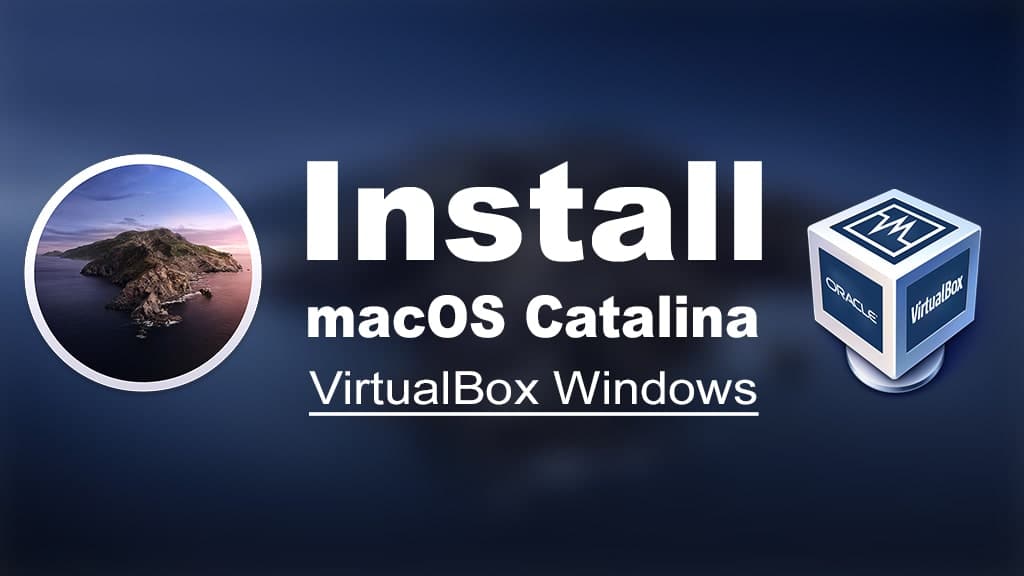Table of Contents
What Is Application Mapping?
Application mapping, in the context of software and IT management, refers to the process of identifying and documenting the connections and interactions between various software applications within an organization’s IT environment. It includes understanding how data flows and functions between different applications, and how they contribute to overall system performance.
The primary purpose of an application map is to provide a holistic view of the software landscape within an organization. It enables IT teams to understand how different applications interact with each other, what data they exchange, and how they impact each other’s performance. This knowledge can be utilized to optimize system performance, enhance security, and improve software development and maintenance processes.
Application mapping is typically performed using specialized software tools that can automatically discover and map applications within an IT environment. These tools can identify applications, track data flows, and visualize application interactions in a comprehensive map, making it easier for IT teams to understand and manage their software landscape.
Benefits of Application Mapping for Mobile Applications
While application mapping is beneficial for any type of software, it is particularly advantageous for mobile applications due to their inherent complexity and dynamism. Mobile applications often interact with various other applications, services, and systems, both within and outside the organization’s IT environment. These interactions can be difficult to track and manage without a clear and deep understanding of the application landscape. Application mapping helps to elucidate these interactions, making it easier to manage and optimize mobile applications.
Improved Understanding and Collaboration
Application mapping improves understanding and collaboration among different stakeholders. It provides a clear visualization of the application landscape, making it easier for everyone to comprehend how different applications interact with each other and the overall system.
This improved understanding can enhance collaboration among developers, IT managers, and other stakeholders. For instance, developers can use the application map to understand how their code interacts with other applications and design their code accordingly. Similarly, IT managers can use it to understand the impact of different applications on system performance and make informed decisions about software management and optimization.
Application maps can also facilitate communication with non-technical stakeholders. They can help explain complex software interactions in a simple, visual manner, making it easier for everyone in the organization to understand the software landscape and its impact on business operations.
Optimization of Performance
Application mapping can help optimize performance in mobile applications. By providing a clear view of the application landscape and the interactions between different applications, it allows developers and IT managers to identify bottlenecks and inefficiencies in the system.
For instance, if an application is consuming too much bandwidth or processing power, it can be quickly identified using the application map. Similarly, if data flow between applications is inefficient, it can be visualized and addressed using the application map. This enables the IT team to proactively address performance issues, optimize data flows, and ensure efficient, smooth operation of mobile applications.
Application maps can also help in capacity planning and load balancing. By understanding the workload and resource consumption of different applications, IT managers can effectively allocate resources and balance loads to ensure optimal performance.
Risk Mitigation and Error Handling
Application mapping can help in risk mitigation and error handling for mobile applications. It enables IT teams to identify potential risks and vulnerabilities in the system, and take proactive measures to address them.
For instance, if an application is interacting with a risky external service or system, it can be identified using the application map. Similarly, if an application has a high error rate, it can be quickly spotted and addressed. This helps in preventing system failures, improving application reliability, and enhancing user experience.
Additionally, in case of a system failure or error, application maps can assist in troubleshooting and recovery. They can help identify the source of the error, understand its impact on other applications, and plan a recovery strategy. This can significantly reduce downtime, minimize data loss, and ensure quick and efficient recovery.
Facilitation of Scalability
Application mapping significantly simplifies the process of scaling mobile applications. By providing a clear overview of all the components and their interdependencies, it makes it easier to identify areas that can be consolidated or expanded. This allows for more efficient resource usage and improved performance.
Additionally, by visualizing the application’s architecture, developers can better anticipate potential issues during the scaling process. This proactive approach helps to reduce the time and resources spent on troubleshooting, facilitating a smoother and more efficient scaling process.
Compliance and Security Management
By mapping out the application’s components and their interrelationships, developers can easily identify potential security vulnerabilities. This makes it easier to implement effective security measures and ensure compliance with relevant regulations.
Application mapping can also make it easier to maintain an audit trail. This is particularly important for applications that handle sensitive data, as it can help to demonstrate compliance with data protection regulations.
Best Practices for Using Application Mapping in Mobile Applications
While application mapping can provide numerous benefits, it’s important to utilize this technique effectively to maximize its potential. In this section, I’ll share some best practices that can help to ensure successful application mapping in mobile applications.
Start Early and Update Regularly
One of the most important best practices for application mapping is to start the process as early as possible in the application development process. This will enable you to identify potential issues and make necessary adjustments before they become problematic.
It’s crucial to update your application map regularly to reflect any changes in your application’s architecture. This will ensure that your map remains an accurate representation of your application, allowing you to continue benefiting from the insights it provides.
Utilize Appropriate Tools and Technologies
There are numerous tools available that can automate the application mapping process, making it more efficient and accurate. These tools can also provide additional features such as real-time updates, collaboration capabilities, and integration with other development tools. By choosing the right tools for your needs, you can significantly enhance the effectiveness of your application mapping efforts.
Focus on User Experience
When mapping your mobile application, you should prioritize the user experience. This means considering how the various components of your application interact with each other to create the user experience.
For example, you should consider how data flows through your application and how this affects performance and user satisfaction. By mapping out these interactions, you can identify potential bottlenecks and make necessary adjustments to enhance the user experience.
Identify Performance Bottlenecks
Performance bottlenecks are areas of your application that could potentially slow down performance, negatively impacting the user experience. By identifying these bottlenecks, you can take steps to address them and improve the performance of an application. This may involve adjusting the architecture, optimizing code, or upgrading hardware.
Document and Share Knowledge
It’s important to document your findings and share them with your team. This will ensure that everyone is on the same page and can benefit from the insights gained from the application mapping process. This can also foster a culture of continuous learning and improvement, as team members can learn from each other’s experiences and apply these lessons to their own work.
Conclusion
Application mapping can seem complex at first glance, but with a clear understanding and the right approach, it can provide immense value to mobile application development. By facilitating scalability, enhancing security management, and providing valuable insights into application performance, it can significantly improve the efficiency and effectiveness of your development efforts. Therefore application mapping should be an integral part of your development toolbox.














